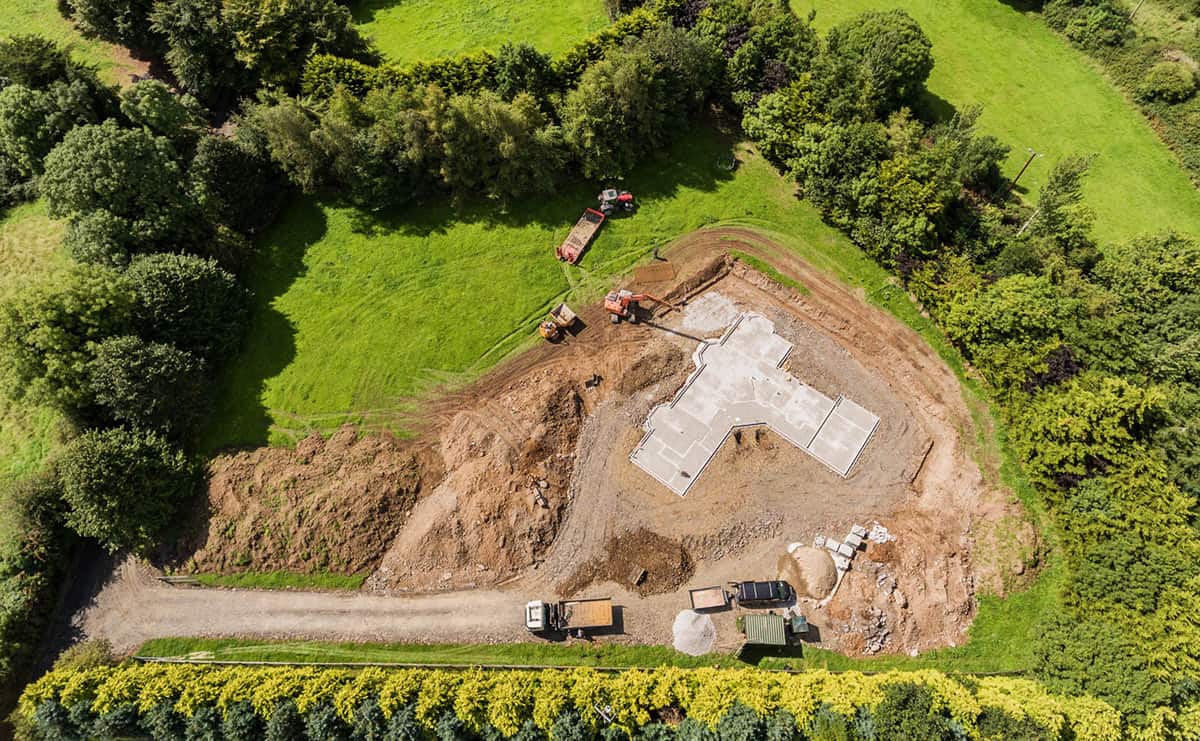
See all posts by this author
There’s a wise old English proverb, “Hope for the best, but prepare for the worst.” That applies to protecting your trees against damage from construction.
A quick drive around town will tell you that many of us are renovating, remodeling and expanding our homes, and place of business in some cases. To safeguard the trees that might be in the line of heavy machinery and at risk in other ways, the most important thing to do is communicate and plan on the front end. A conversation among the homeowner, general contractor and Arborscapes professional will pay dividends down the road.
Do little to nothing and you may think your trees escaped unscathed. But it takes three to five years for the decline to show itself.
So what to do?
- Have that crucial initial conversation and make a plan.
- Heavy machinery can lead to soil compaction, which pushes out space for air and water to get to your tree. It doesn’t create a favorable environment for roots to grow. One solution is to create a designated path for all equipment, one that avoids your trees. Another is to create tree protection zones (with appropriate guards) that will help protect the roots.
- Stress from construction can wreak eventual havoc. Keep your trees watered and fertilized and the soil decompacted. Arborscapes uses a tool called an air knife to help get the job done.
- If you fear some damage has been done, consider soil remediation. Arborscapes can help with this process.
Plan ahead and all your dreams can come true – a beautiful new home or addition plus healthy trees to complete the picture. As always, reach out to Arborscapes for expert, experienced help. A little pre-planning and a consulting arborist can make all the difference in the world. As someone advised us long ago, hope for the best, but prepare for the worst.
See all posts by this author
